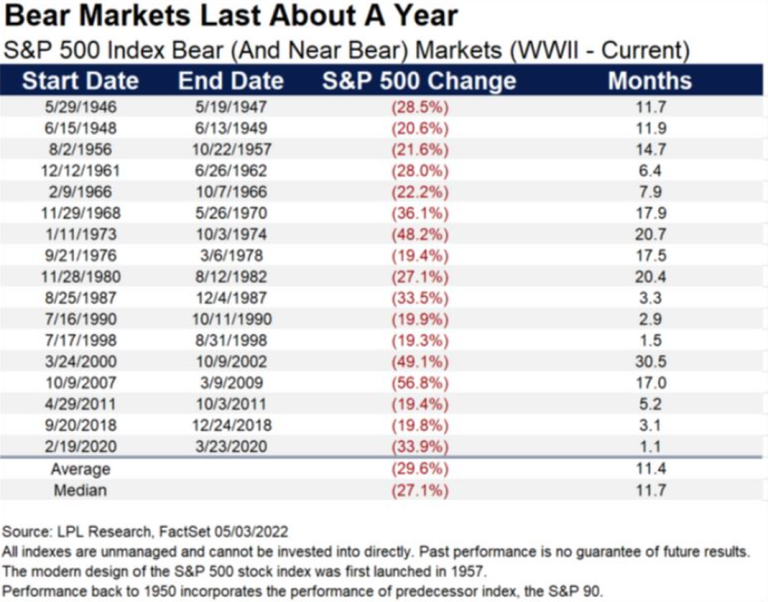The History of the American Stock Exchange is described here:
Initially built by the Dutch to stave off the English, Wall Street evolved to represent much more than a Manhattan address.

www.history.com
The New York Stock Exchange is where icons and disruptors come to build on their success and shape the future. We’ve created the world’s largest and most trusted equities exchange, the leading ETF exchange and the world’s most deterministic trading technology. Our data, technology and expertise...

www.nyse.com

en.wikipedia.org
https://www.nyse.com/publicdocs/American_Stock_Exchange_Historical_Timeline.pdf
In summary:
In 1792 the Buttonwood Agreement was drawn up, formalizing the association between merchants, traders, and speculators in the late 18th century who gathered in the shade of a large American sycamore tree (see image). This was the beginning of the Exchange, which for the first few years was held in the Tontine Coffee House, located near the famous plane tree at the intersection of Wall Street and Water Street.

March 8, 1817: The members of the Buttonwood Accord adopted a charter creating the New York Stock & Exchange Board, the precursor to today's NYSE.
1867: The stock ticker is first launched on Wall Street. The number and variety of securities traded at the NYSE steadily increased as America grew.
When telephones were installed at the NYSE in 1878, the market became even more efficient.
New York Stock Exchange in 1882:

On December 15, 1886, trading volume exceeded 1 million shares for the first time.
The Dow Jones Industrial Average (DJIA) was introduced on May 26, 1896, and although the DJIA is the best known, it was not the first of the Dow indices.
1903: The modern New York Stock Exchange building is opened on Broad Street and Wall Street (the later periods you can read about in the links I have indicated to you above).
I think the Site:
https://stooq.com/ just wanted to merge the historical data from 1792 with the current S & P 500 (which was introduced in 1957, but the origin of the S&P 500 goes back to 1923, when Standard & Poor's introduced a series of indices that included 233 companies) and since it had to name the data file with only one name, he chose precisely: S & P 500.
I think it is to be appreciated a Site that offers free long-term historical data of: World Indices, Stocks, Commodities,...etc....









